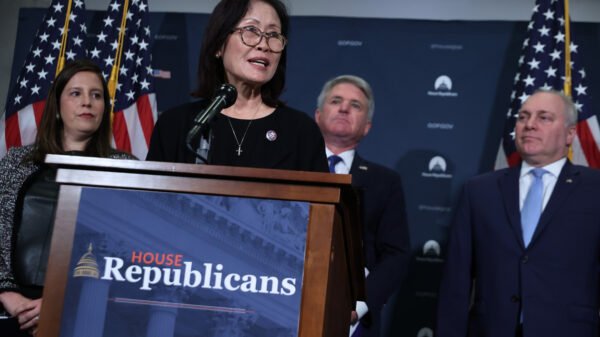Federal Reserve Maintains Steady Interest Rates Amid Economic Assessment
In its most recent policy meeting, the Federal Reserve announced that it would maintain current interest rates, citing a balanced outlook on inflation and economic growth. This decision comes as economic indicators show a mixed but relatively stable economic trajectory, prompting the Fed to adopt a cautious approach as it monitors future trends. The move reflects the central bank’s goal of sustaining economic stability while remaining prepared to adjust if circumstances change.
Inflation Remains a Key Concern
The decision to hold interest rates steady was influenced by ongoing inflation concerns. While inflation has moderated from previous highs, it continues to run above the Federal Reserve’s long-term target of 2%. Policymakers highlighted that maintaining current rates allows them to observe how recent interest rate hikes have impacted the economy and inflation trends.
Fed Chair Jerome Powell noted that while inflationary pressures have shown signs of easing, they remain persistent enough to justify careful scrutiny. The central bank aims to avoid premature rate cuts that could reignite inflationary trends, while also ensuring that current rates do not overly constrain economic growth.
Balanced Economic Growth and Labor Market Stability
The Federal Reserve pointed to steady growth in key economic sectors as part of its rationale for holding rates steady. The U.S. economy has shown resilience, supported by consumer spending and a robust labor market. Unemployment remains low, contributing to continued household confidence and spending. However, the Fed expressed awareness of potential vulnerabilities, such as geopolitical tensions and global economic uncertainties, which could impact growth.
The decision to maintain rates suggests the Fed’s confidence in the economy’s current momentum while acknowledging potential risks. By keeping rates steady, the central bank aims to sustain growth without tipping the economy into a downturn, balancing its dual mandate of fostering maximum employment and stabilizing prices.
Monitoring Economic Indicators
The Federal Reserve’s approach reflects its commitment to data-dependent decision-making. Officials indicated they would closely monitor various economic indicators, including job growth, consumer price index changes, and economic activity levels, before making any further rate adjustments. The goal is to ensure that any policy shifts are informed by comprehensive, real-time data that reflects underlying economic conditions.
This approach allows the Fed to remain flexible and responsive. Should inflation show signs of re-acceleration or growth weaken unexpectedly, the central bank could adjust its policies accordingly, either by raising rates further or considering cuts if economic expansion shows significant signs of slowing.
Market Reactions and Investor Sentiment
The Fed’s decision to maintain interest rates was met with mixed reactions in financial markets. Stock markets remained relatively steady, with investors interpreting the announcement as a sign of continued economic stability. Bond markets also showed little volatility, as traders had largely anticipated the Fed’s move based on recent economic data and prior guidance from policymakers.
Some analysts view the decision as a prudent pause, allowing the economy time to adjust to the existing rate environment. Others caution that if inflation proves more stubborn than expected, the Fed may need to resume rate hikes in future meetings, potentially unsettling markets.
Conclusion: A Measured Approach in Uncertain Times
The Federal Reserve’s choice to keep interest rates steady underscores its cautious yet optimistic stance on the current economic landscape. By maintaining rates, the Fed signals confidence in the U.S. economy’s resilience while remaining vigilant about inflationary risks and external pressures. As the central bank continues to assess incoming data, future policy moves will be guided by the evolving economic outlook, ensuring that monetary policy remains aligned with its objectives of supporting growth and controlling inflation.
































